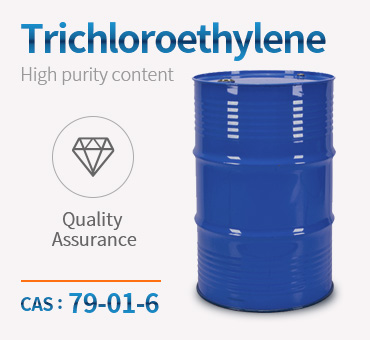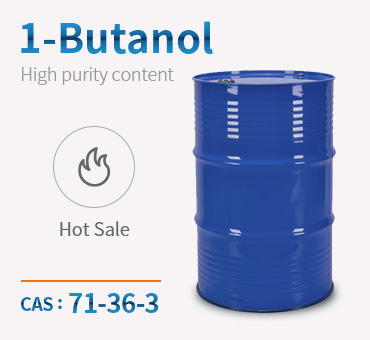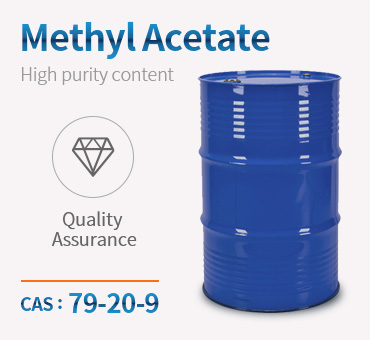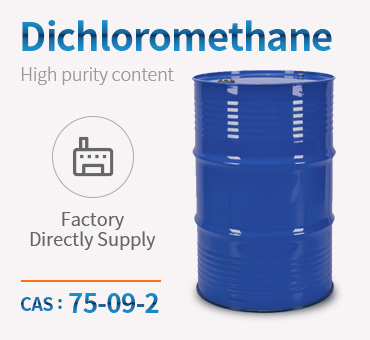Chemical Cas 111-46-6 Trichloroethylene CAS 79-01-6 Factory Direct Supply – Chemwin Detail:
Product Name: Trichloroethylene
Molecular format: C2HCl3
CAS No.: 79-01-6
Product molecular structure:

Chemical Properties:
Trichloroethylene (TCE) is a clear, colorless, nonflammable (at room temperature) stable toxic liquid with chloroform-like odor (ATSDR, 2011). It is slightly soluble in water, is soluble in greases and common organic solvents, and boils at 87°C (190 F).
On contact with air, it slowly decomposes and forms phosgene, hydrogen chloride, and dichloroacetyl chloride. Trichloroethylene in contact with water becomes corrosive and forms dichloroacetic acid and hydrochloric acid. It is soluble in methanol, diethyl ether, and acetone.
Trichloroethylene is also known as trichloroethene, acetylene trichloride, 1-chloro-2,2- dichloroethylene, and ethylene trichloride, and it is also commonly abbreviated to TRI. It is a volatile, chlorinated organic hydrocarbon that is widely used for degreasing metals and as a hydrofluorocarbon (HFC-134a) intermediate (ATSDR, 2013). It is also used in adhesives, paint-stripping formulations, paints, lacquers, and varnishes. In the 1930s, TCE was introduced for use in dry cleaning, but this practice was largely discontinued in the 1950s when TCE was replaced by tetrachloroethylene (PCE). It has a number of other past uses in cosmetics, drugs, foods, and pesticides (US EPA, 2011). It is an environmental contaminant that has been detected in air, groundwater, surface waters, and soil
Application:
Trichloroethylene is used as a solvent, in drycleaning, in degreasing, and in limited use asa surgical anesthetic.
A chlorinated hydrocarbon used as a detergent or solvent for metals, oils, resins, sulfur and as gemal degreasing agent. It can cause irritant contact dermatitis, generalized exanthema, Stevens-Johnson syndrome, pustular or bullous eruption and scleroderma.
Solvent for fats, waxes, resins, oils, rubber, paints, and varnishes. Solvent for cellulose esters and ethers. Used for solvent extraction in many industries. In degreasing, in dry cleaning. In the manufacture of organic chemicals, pharmaceuticals, such as chloroacetic acid.
Product detail pictures:

Related Product Guide:
Our company has been concentrating on brand strategy. Customers' pleasure is our greatest advertising. We also source OEM service for Chemical Cas 111-46-6 Trichloroethylene CAS 79-01-6 Factory Direct Supply – Chemwin , The product will supply to all over the world, such as: Juventus, Latvia, Malaysia, Our products have enjoyed a great reputation for their good quality, competitive prices and prompt shipment in international market. Presently, we are sincerely looking forward to cooperating with more overseas customers based on mutual benefits.
This company can be well to meet our needs on product quantity and delivery time, so we always choose them when we have procurement requirements.
Products categories
-

Phone
-

E-mail
-

Whatsapp
-

Top










